
Lazaro Nogueda Elguera and Tomas Landeros Joven are two young residents of Juluchuca who are passionate about marine conservation and protecting our three local endangered species of sea turtles. At the beginning of the year, they chose La Tortuga Viva (LTV) to conduct their internship with the program Jovenes Construyendo el Futuro, a government-run capacity building program that aims to provide economic opportunities and job experience for youth who neither work nor study.
After just five months at La Tortuga Viva, Lazaro and Tomas are already improving and now leading data collection with the other members of the turtle camp, which supports our efforts for funding from Proof of Impact. Besides this, they have also given a needed update to our sanctuary by putting the finishing operational touches on the new facilities donated by 109 World last December.
As the Sea Turtle Sanctuary Coordinator, I have had the pleasure of supervising and collaborating with Lazaro and Tomas on the management of the sanctuary and all its operations. Read on to learn more about their first experience in wildlife conservation.
Interview by Lorenzo Locci, La Tortuga Viva Sanctuary Coordinator

Could you tell us a bit about yourself and why you decided to intern at La Tortuga Viva?
Lazaro: I am 29 years old, and I live with my family here in Juluchuca where I grew up. I love fishing in the sea and in the lagoon, and I love sea turtles! Less than one year ago, I joined the La Tortuga Viva team volunteering one day per week for night patrols and working every other Sunday at the camp. So when I got the opportunity to apply for the Jovenes Construyendo el Futuro Program with LTV, I decided to get involved full time in the project.
Tomas: I am 18, and I also live here in Juluchuca, but my family moved here from the nearby mountains where we were living when I was 8. I would like to study to become a vet assistant and, hopefully, a vet one day. Lazaro and I knew each other from school, and Lazaro told me about the possibility of working with animals here in Juluchuca at the LTV sanctuary. I didn’t have experience with turtles but have wanted to work with them for years. Really since I was five years old when I went on a field trip to a sea turtle rescue center in Acapulco. So I went to talk with Colleen who coordinates the Jovenes program, and she helped me to apply. I want to thank her for giving me this opportunity.
How is your training going at LTV? What are you learning? And what do you like the most about your job?
Lazaro: I really like the fact that I am learning a lot about sea turtles, such as the nesting season and their habits, the importance of the incubation conditions of the eggs in the hatchery, and how to collect information about the nests and hatchling releases.
What I like the most is that I am learning while also doing manual work at the camp.
Tomas: I have a good time working at the camp because of the people I work with and because every day we do many different activities, such as cleaning out nests, closing holes in the mesh protection of the camp, making educational signs, and doing beach cleanups. I got to know the different types of sea turtle species nesting here and how the nest’s depth is different according to the species. What most impresses me is that we can see the sanctuary improving thanks to our hard work.

How your roles are contributing to the sanctuary?
Lazaro: We do a lot of jobs necessary to make the sanctuary work better. Together with Tomas, Lorenzo, and two other volunteers named Mike and Carla, and thanks to a donation from Playa Viva guests, we installed an irrigation system to water the nests. This helps us control the sand temperature since the temperature of the sand incubating the eggs affects the hatchling success rate and the sex of the hatchlings.
Tomas: I agree with Lazaro, and I would also say that as a result of our work there are fewer intrusions of tejones (local badgers) in the camp and fewer eggs predated. To defend the sanctuary from tejones, we’ve installed humane traps and a number of other devices to try to keep them away. We’ve also seen the hatchling success rate (the number of eggs hatched out of the total number of eggs collected) increasing, which means that we are doing a good job in following best conservation practices.

Part of your role with LTV is to share your work with the community. Could you explain what kind of outreach you do with the local community?
Lazaro: We welcomed many groups of students from our communities. Even classes from different schools of the nearest town came to visit our sea turtle camp. Lorenzo taught us games for the kids and for the young students. This way they can learn about sea turtles and the environment by doing something fun. He also gave us some training on conservation and environmental education. In this way, we were prepared to run the school visits. All the students, parents and teachers who we received at camp got engaged with our activities. And we could tell they also really enjoyed it. There were many other school visits planned because of teachers’ positive word of mouth, but unfortunately we will have to wait until the end of the quarantine period to open again to the public.
Tomas: We see—and we know—that so much of the plastic in the ocean is coming from people’s bad habits of throwing trash in the streets, lagoon, rivers and beach. Sooner or later, most of this trash will arrive in the ocean where it is accumulating and threatening the conservation of sea turtles. That’s why I believe that Juluchuca Limpio is the most impactful project that we are conducting and also implementing in our community and other surrounding villages. As part of this initiative, we are doing monthly cleanups and installing several signs and trash bins in public places in order to discourage people from throwing trash straight into their environment. We are collecting and selling plastic bottles for recycling; in this way we are also making a little money to invest in making more recycling bins.
The most important part of these actions is raising awareness by speaking with people every time we go to collect trash. Even though there are some spots that we have to clean regularly, we see that littering is decreasing overall and people are recycling more and more.
You both still have about six months left in your internship with LTV. What else do you hope to learn and achieve during the rest of your time with us?
Lazaro: The group of turtle lovers from 109World committed their holidays to build a new palapa and a new shed with the aim of facilitating the operations and activities of the sanctuary. Together with other members of the La Tortuga Viva team, we completed the roof and constructed a door for the shed to use it for storing materials and equipment. We also embellished the camp with educational signs, benches and swings for kids when they visit on school field trips. I think there is still some more work to be done in this area, like completing the painting on some parts and a few others details, which is where I’d like to dedicate my energy these next six months.
I would also like to improve our conservation practices. My goal is to work together with the other LTV members and Lorenzo to create a unique space to welcome Playa Viva guests, groups of students and members of our town who want to learn about sea turtles.
Tomas: In the past five months I have learned a lot about many aspects of sea turtle conservation, but I still have to get more experience for applying the best practices to increase the hatching success rate in order to indicate if our efforts are successful or not. This internship is a great opportunity for me, and I want to do my best because I really wish to get employed for future opportunities at the sea turtle camp.

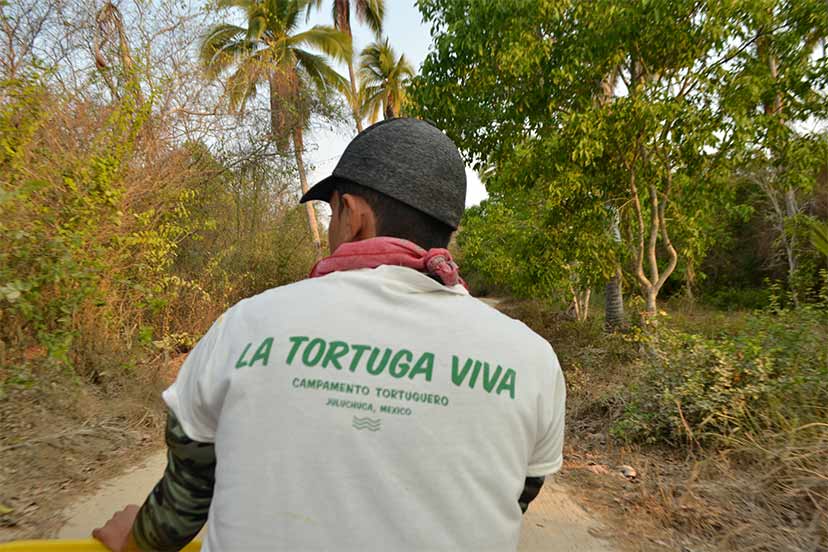
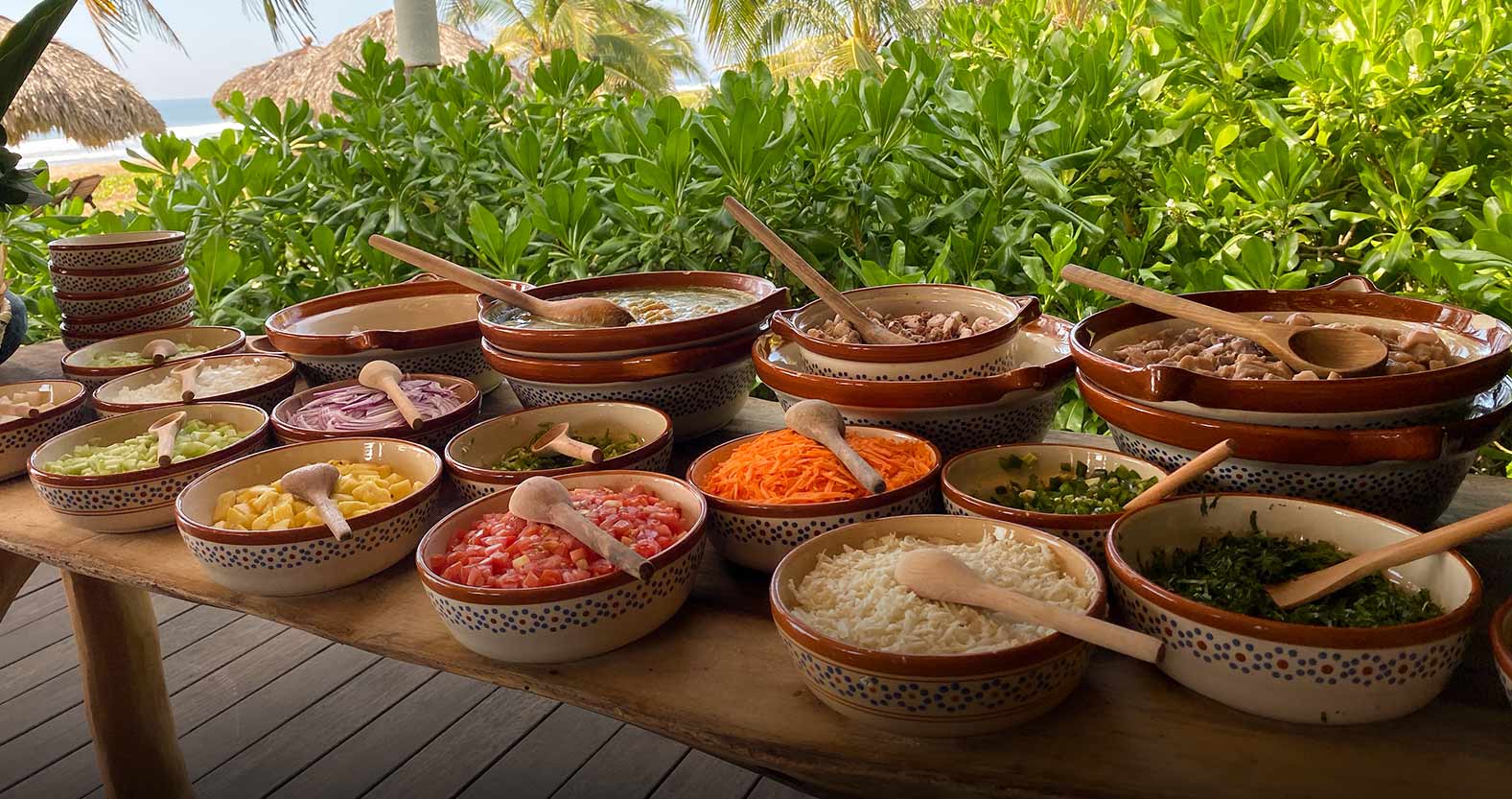





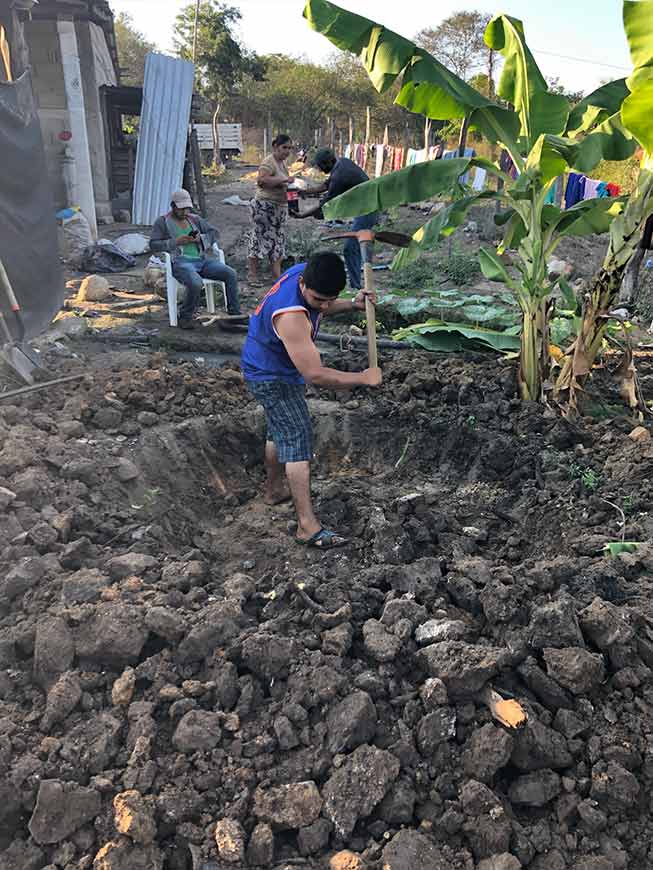
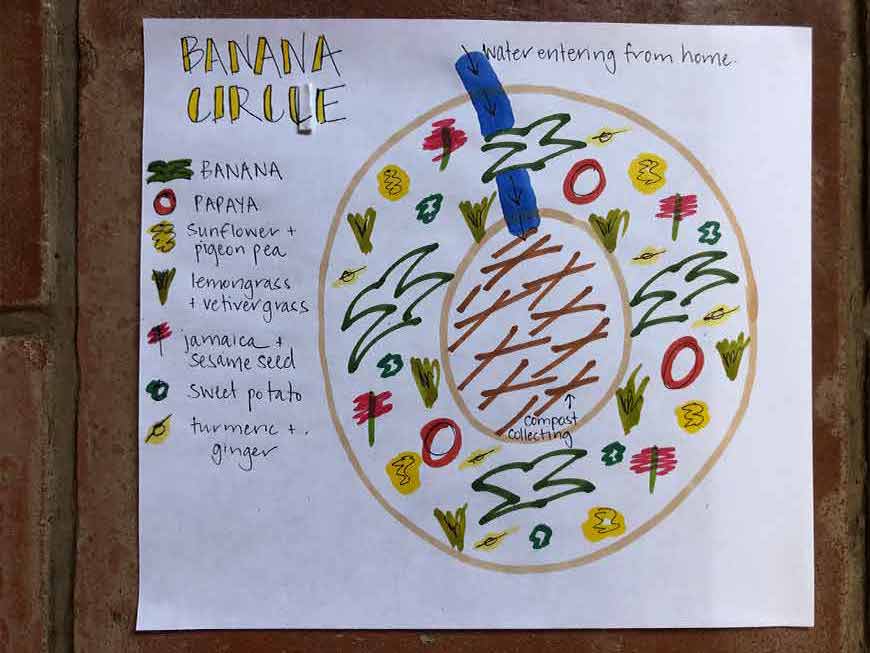
 Like most projects, businesses, and individual liberties around the world, the banana circle project in town was paused back in March as we decided to reduce and limit our movement within our community due to COVID-19. We have been using this stillness as an opportunity to check in with the families where we built circles back in February. More than half of the circles already boast flowering plants and new fruits. And the other half are green and alive, just short of a few plants and water. As of June, we are now in the height of our driest months, and six new families have thriving gardens just three meters (10 feet) from their kitchens and cutting boards.
Like most projects, businesses, and individual liberties around the world, the banana circle project in town was paused back in March as we decided to reduce and limit our movement within our community due to COVID-19. We have been using this stillness as an opportunity to check in with the families where we built circles back in February. More than half of the circles already boast flowering plants and new fruits. And the other half are green and alive, just short of a few plants and water. As of June, we are now in the height of our driest months, and six new families have thriving gardens just three meters (10 feet) from their kitchens and cutting boards. 

 So what does COVID-19 teach us about our living systems, especially in the tourism business? Specific to resilience, when we look at resilient systems, the question is how quickly can they self repair. When you think about a fire, how quickly does a forest regenerate. I remember visiting Yellowstone National Park after the great fires of 1988, and while the forest was a desert of charred dead trees all silver and black, the ground was greener than it had ever been and full of life. Not all the trees were burnt. Where small trees couldn’t find new light, now they had plenty of sun to grow big and strong.
So what does COVID-19 teach us about our living systems, especially in the tourism business? Specific to resilience, when we look at resilient systems, the question is how quickly can they self repair. When you think about a fire, how quickly does a forest regenerate. I remember visiting Yellowstone National Park after the great fires of 1988, and while the forest was a desert of charred dead trees all silver and black, the ground was greener than it had ever been and full of life. Not all the trees were burnt. Where small trees couldn’t find new light, now they had plenty of sun to grow big and strong.

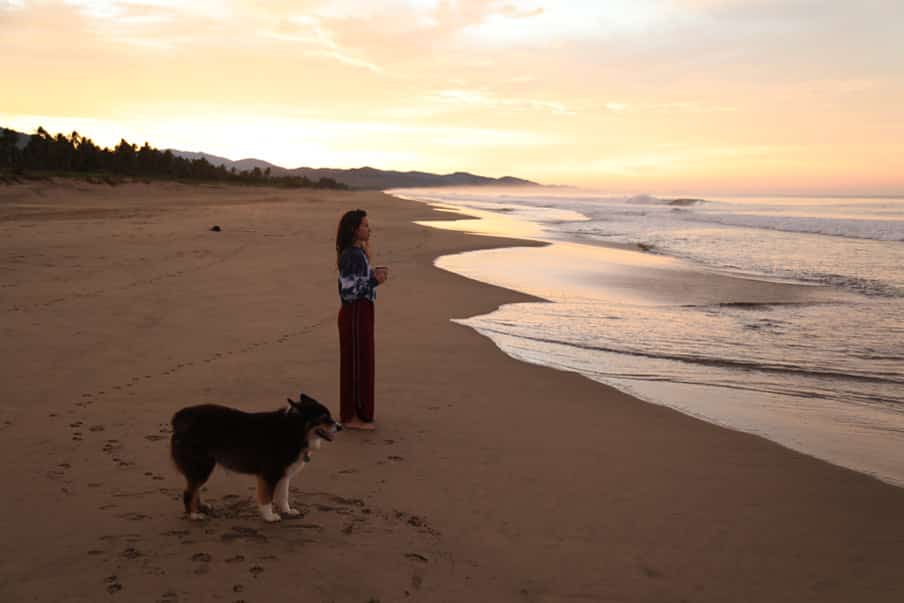
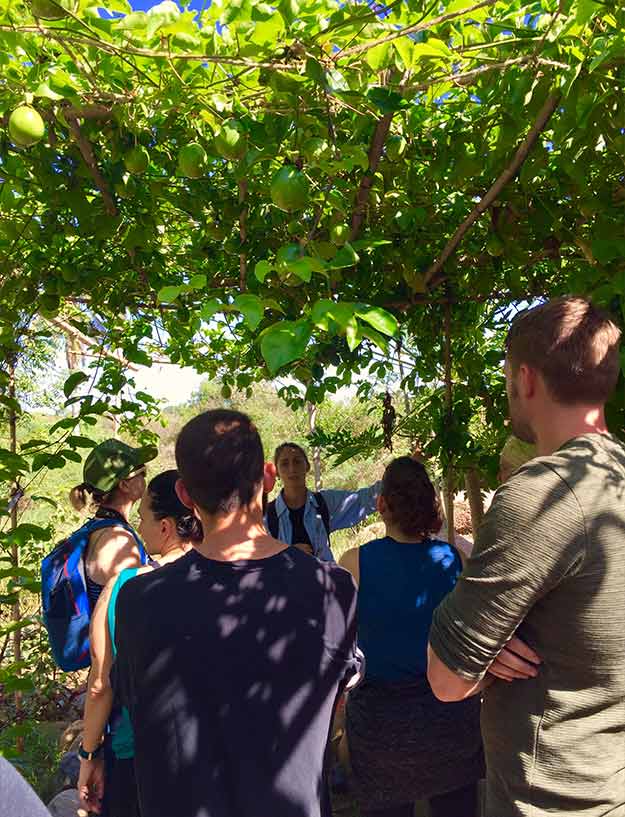
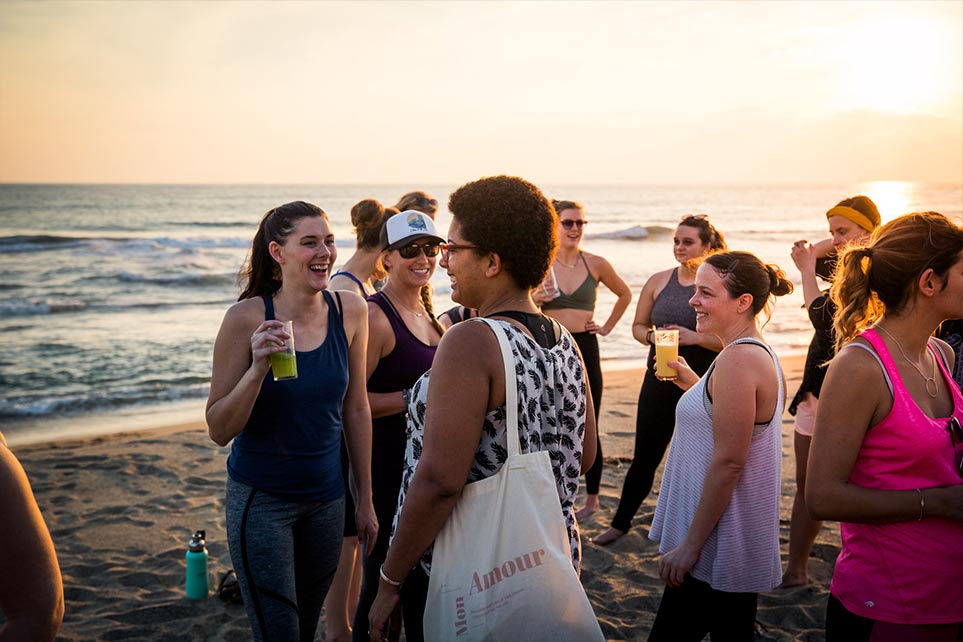

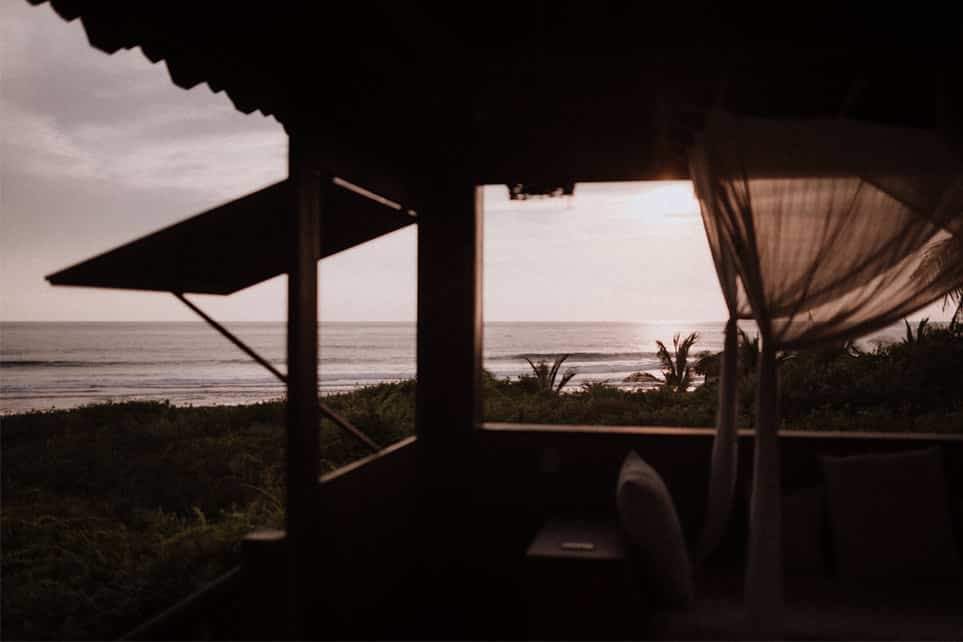
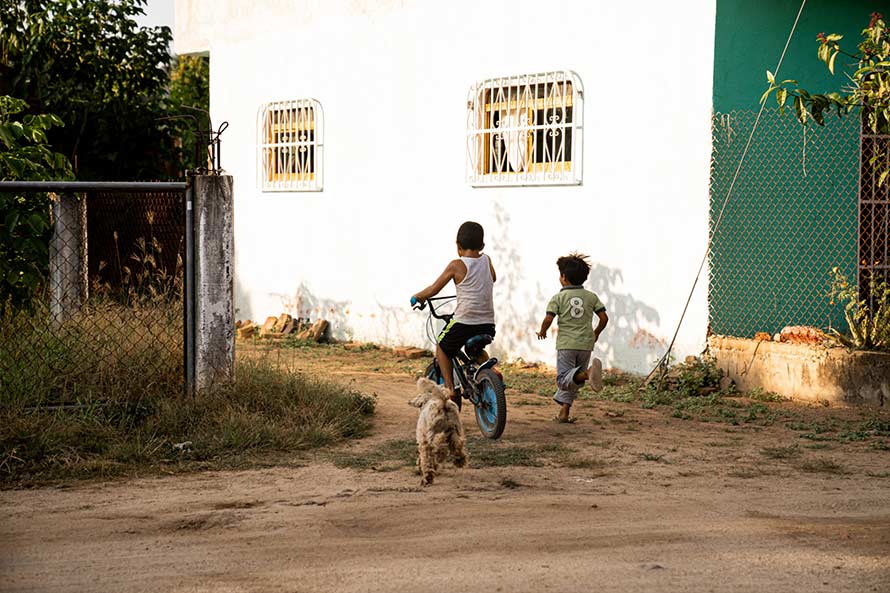




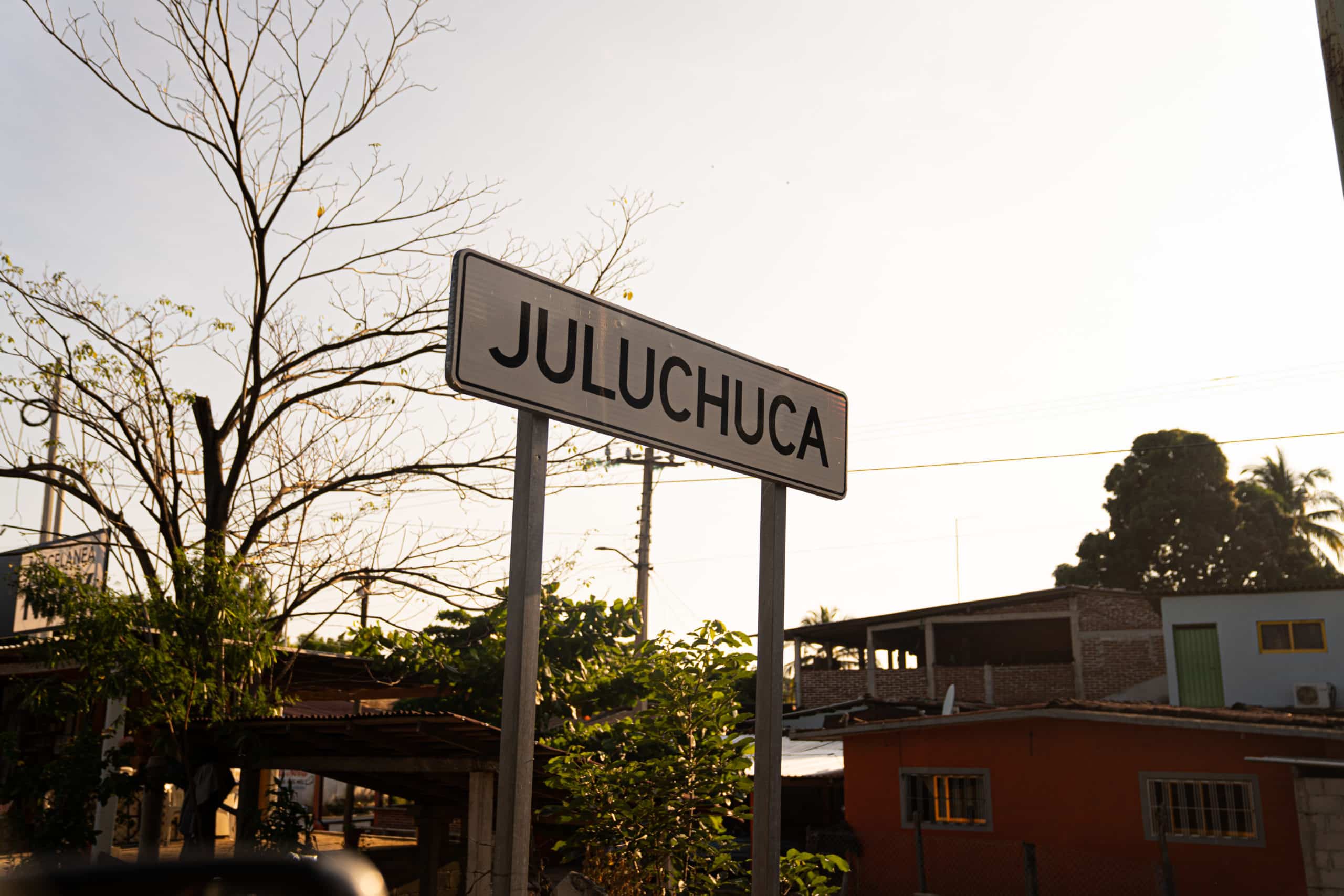


 Today, our local stay-at-home measures are very similar to those in most of the U.S. In Juluchuca, the new government guidelines have forced all nonessential businesses to shut down, including the coconut candy factories and many of the roadside shops along the highway. Many of these shops sell local products such as artisanal salt (harvested just down the road) as well as local honey, coffee, and homemade tamarind and sesame sweets. With less traffic on the highway, there are fewer potential customers.
Today, our local stay-at-home measures are very similar to those in most of the U.S. In Juluchuca, the new government guidelines have forced all nonessential businesses to shut down, including the coconut candy factories and many of the roadside shops along the highway. Many of these shops sell local products such as artisanal salt (harvested just down the road) as well as local honey, coffee, and homemade tamarind and sesame sweets. With less traffic on the highway, there are fewer potential customers.

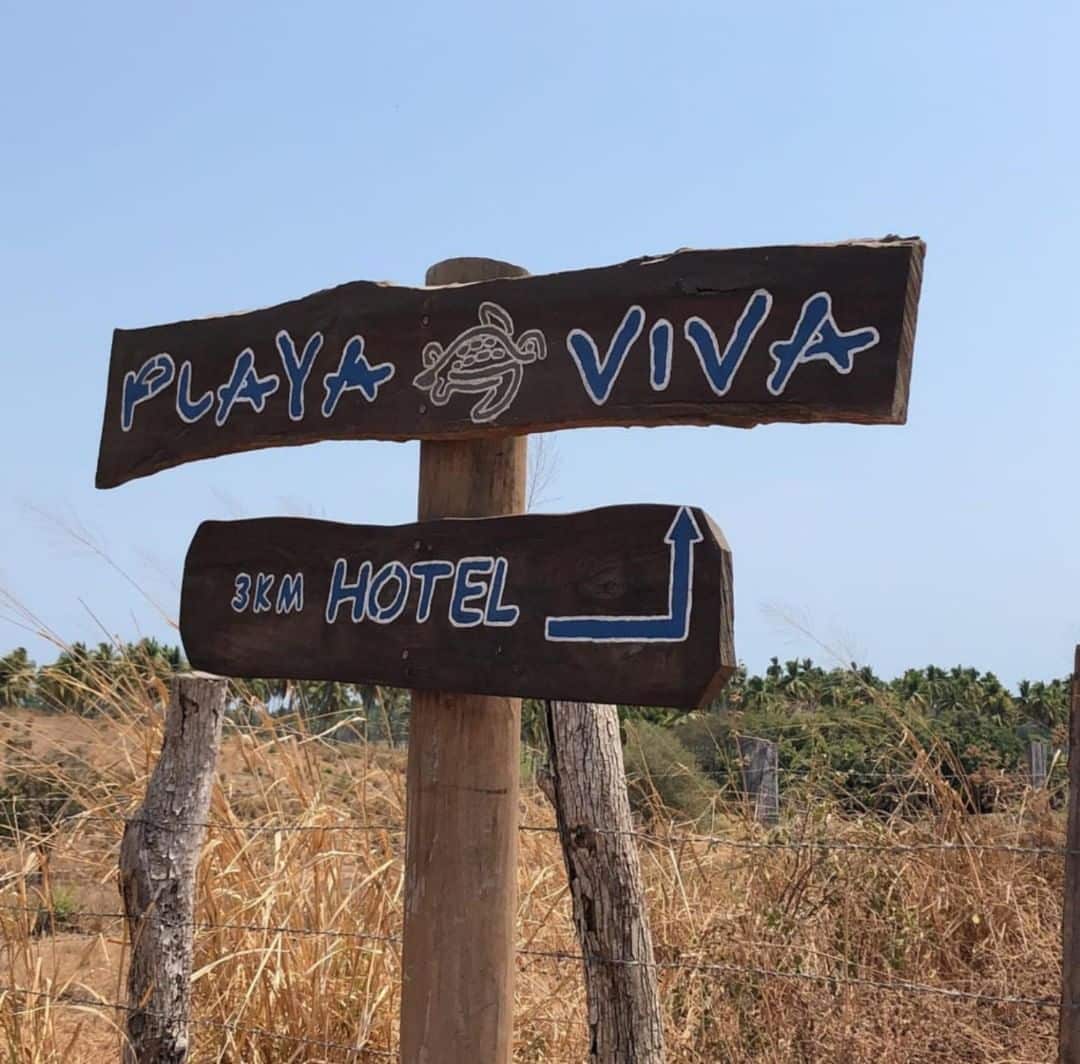





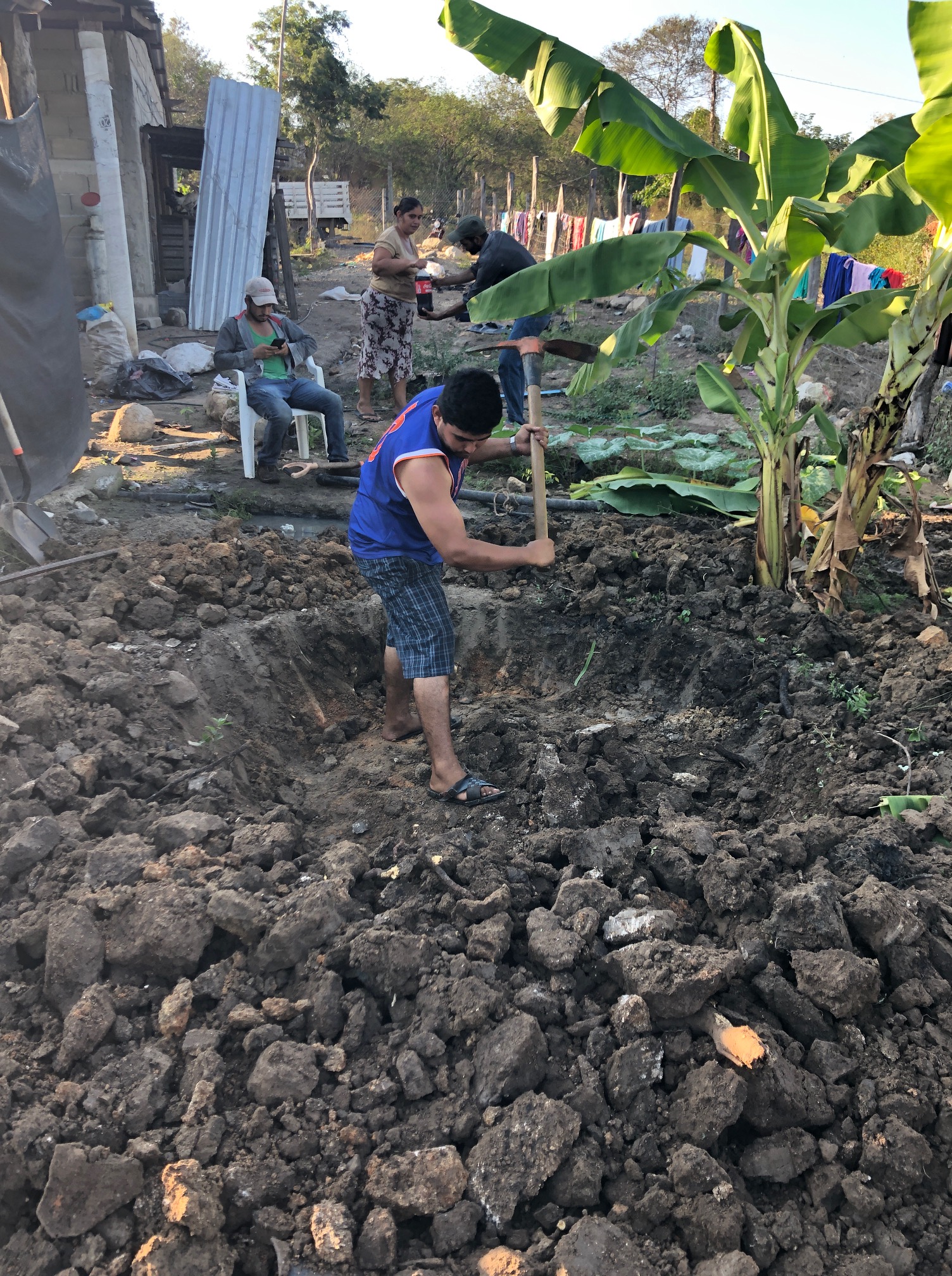


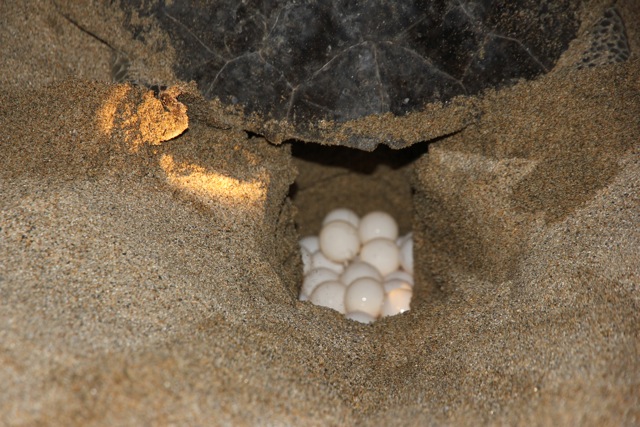
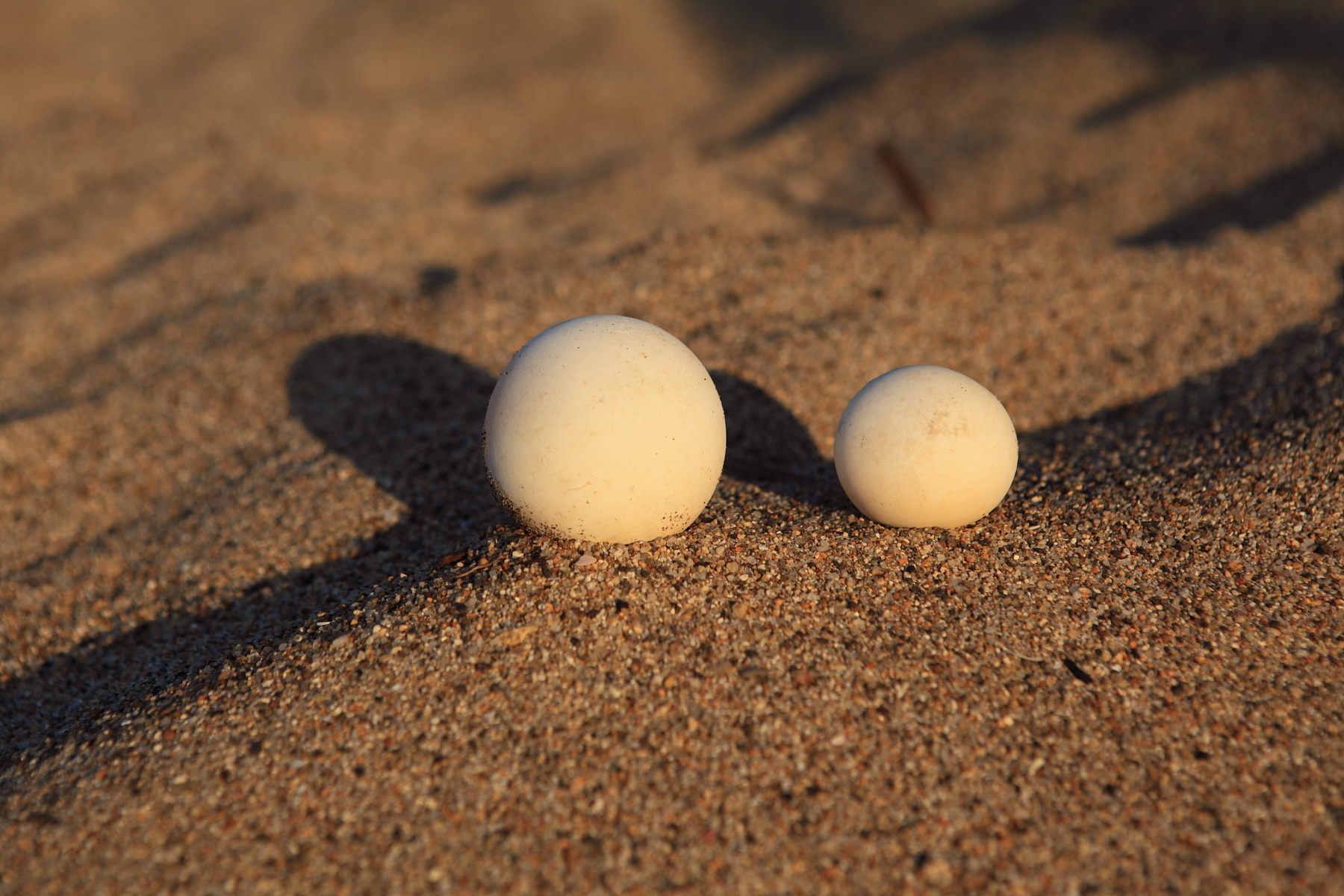
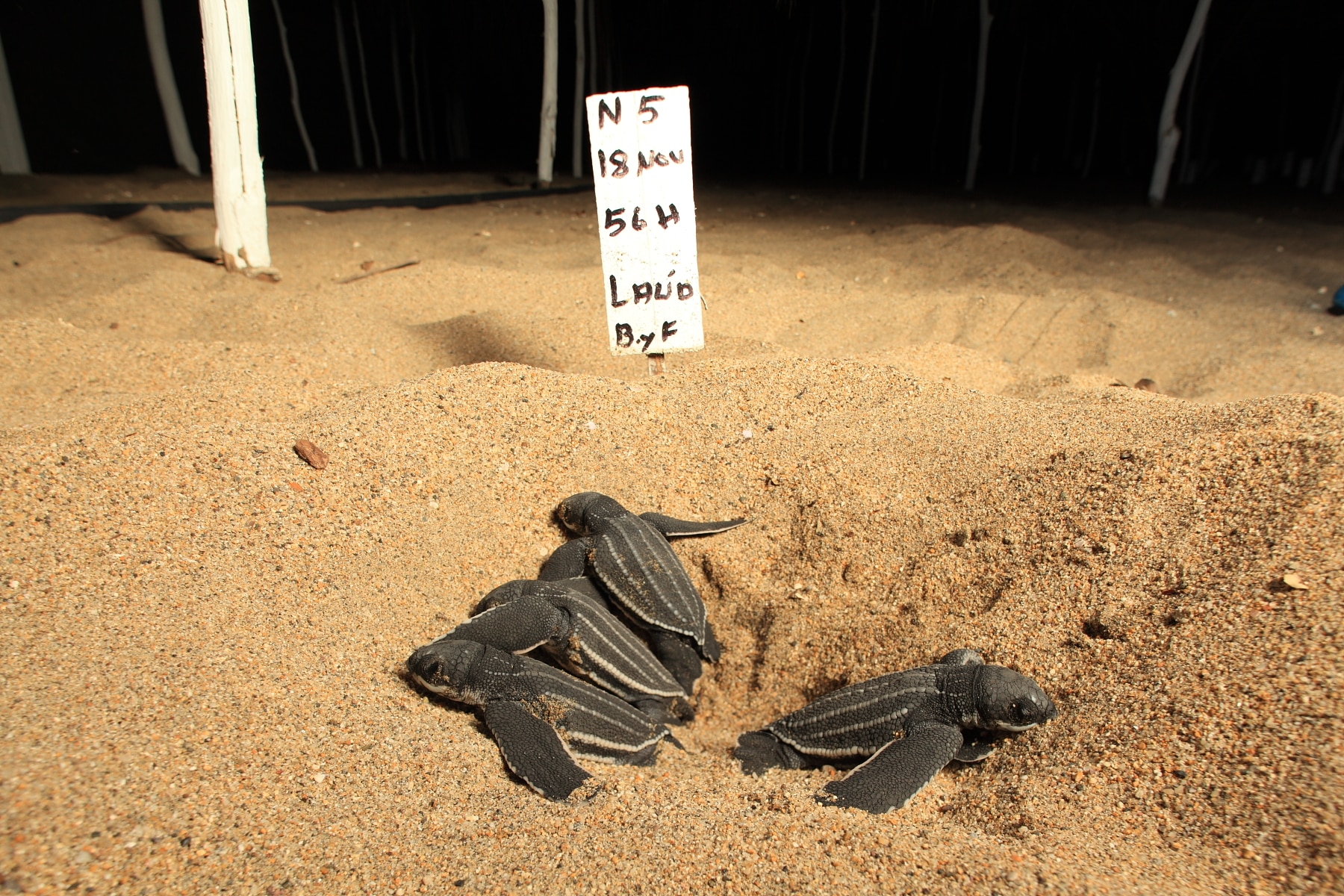
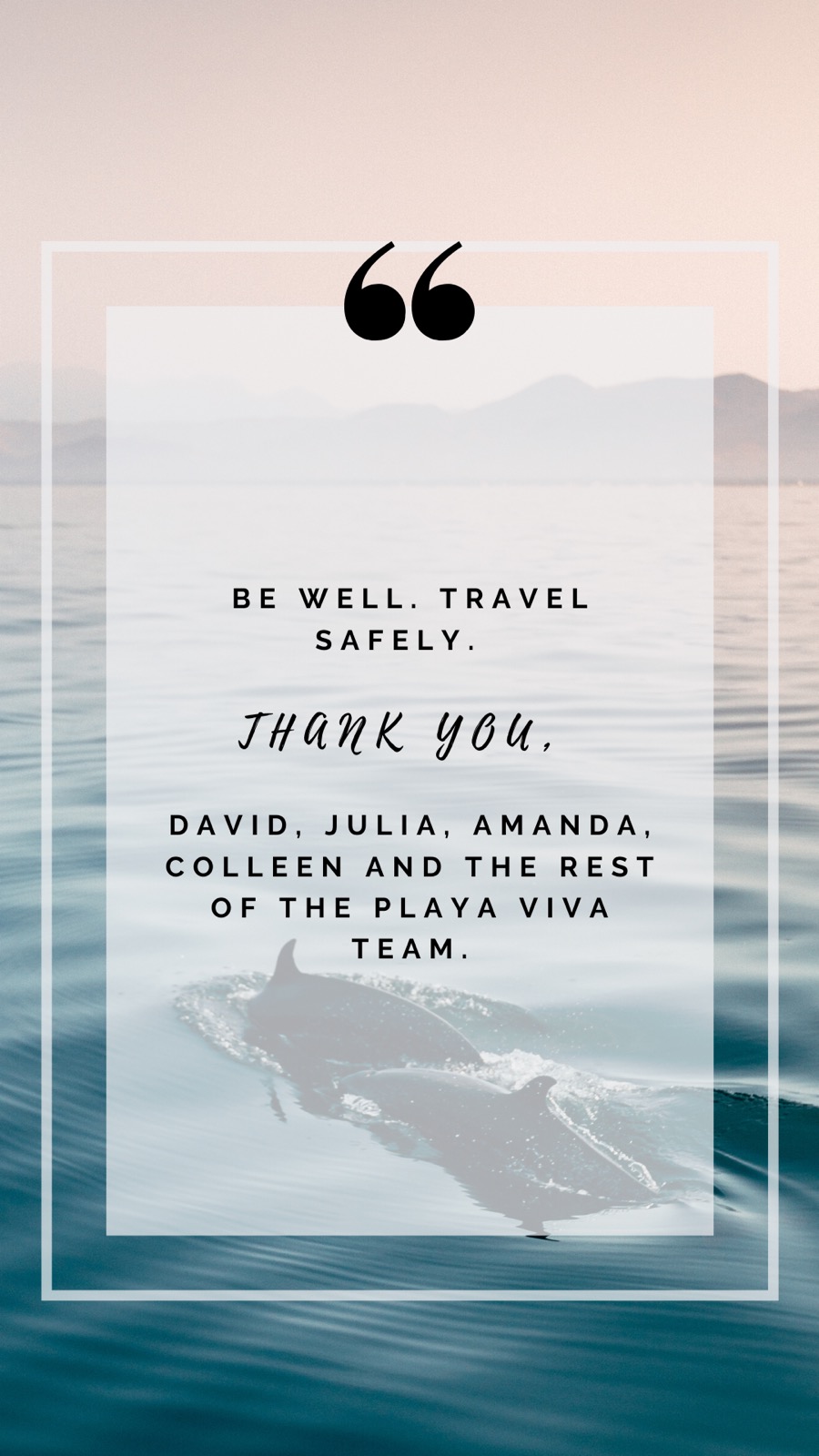
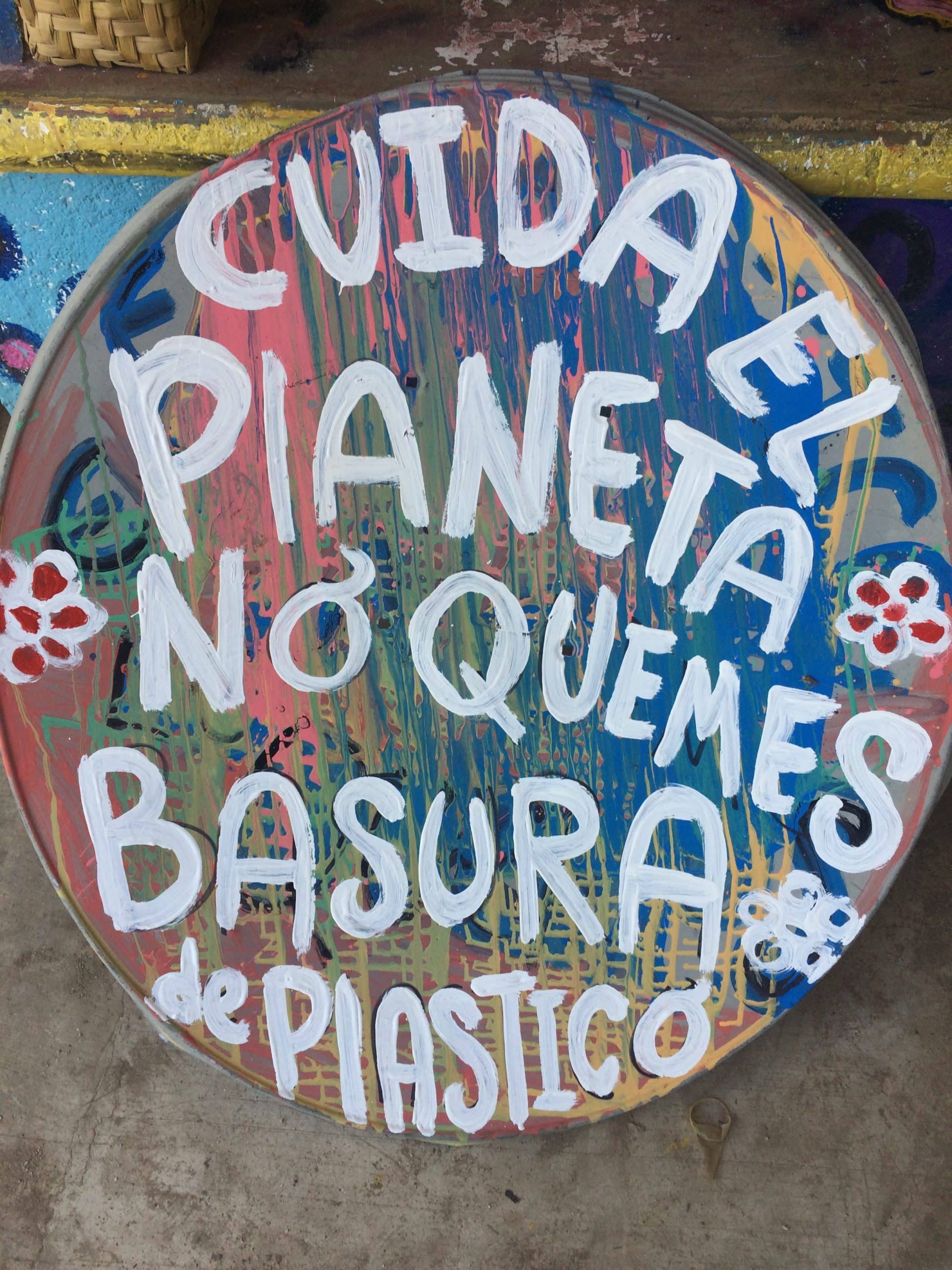

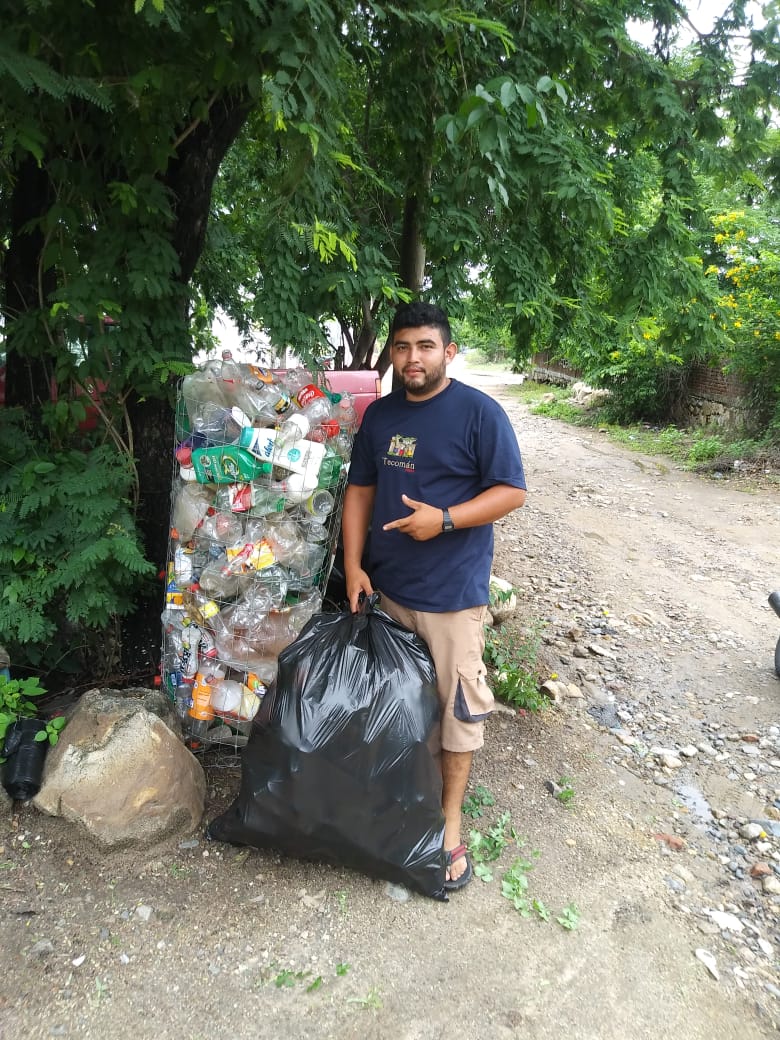
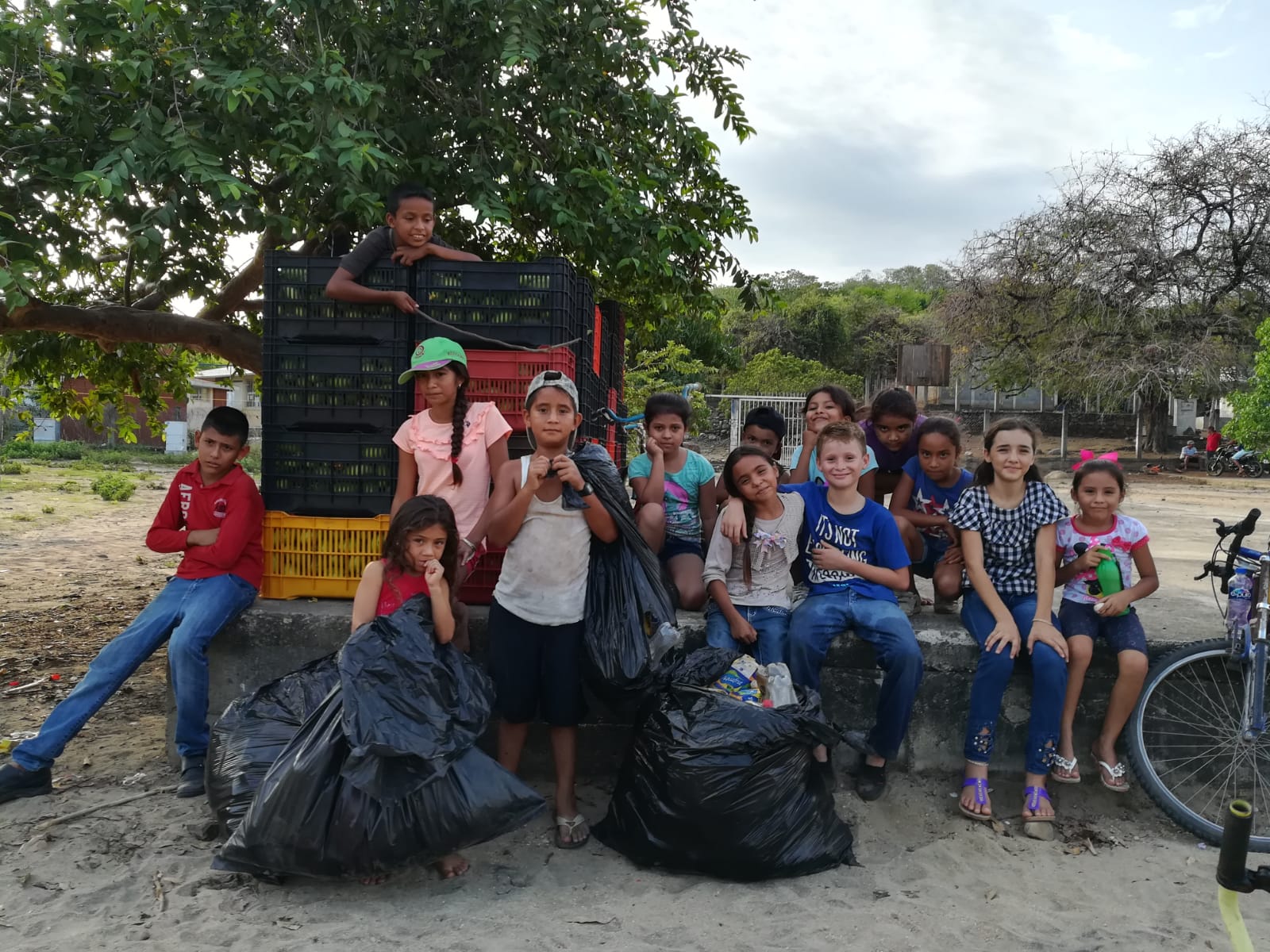
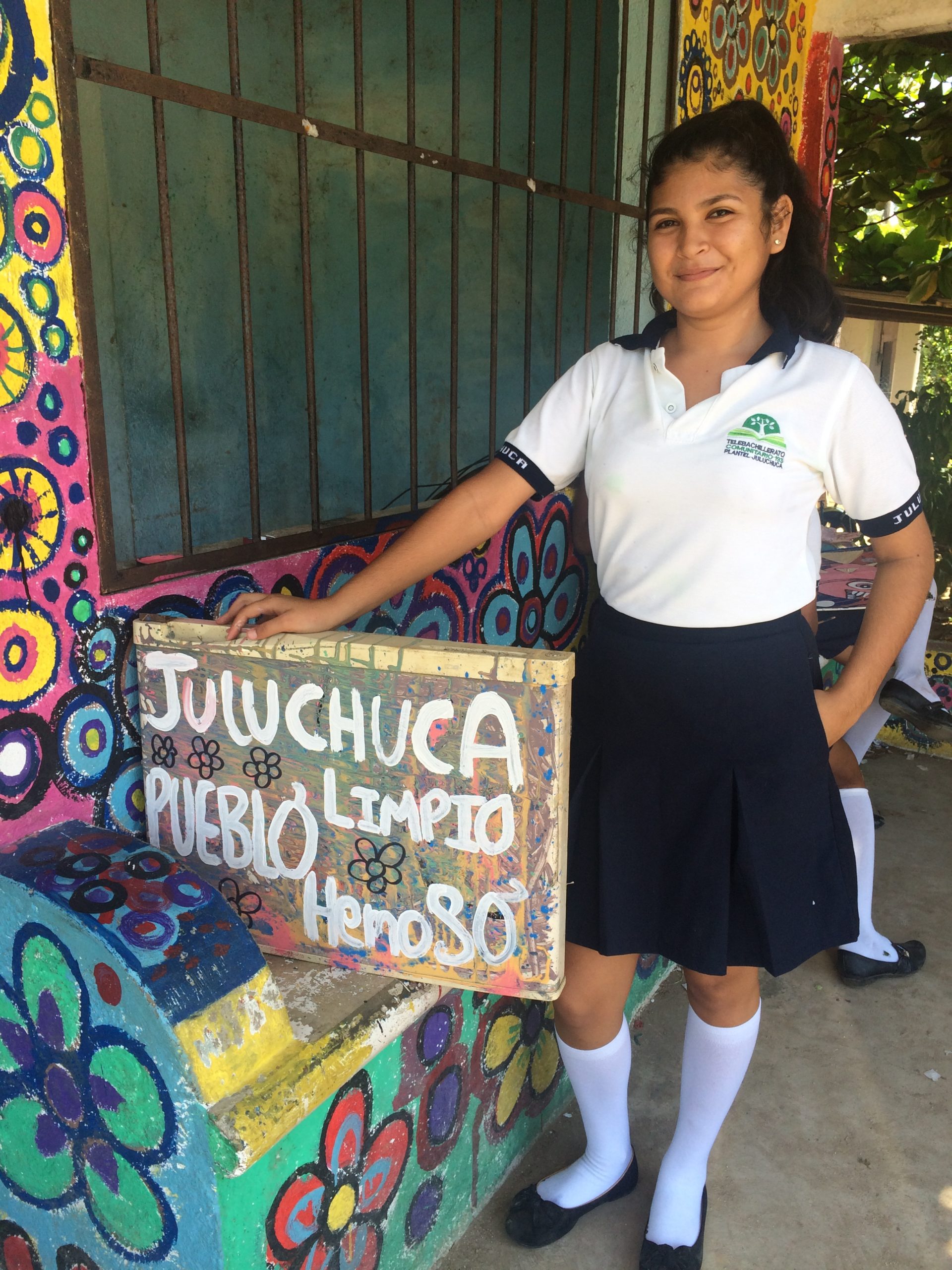
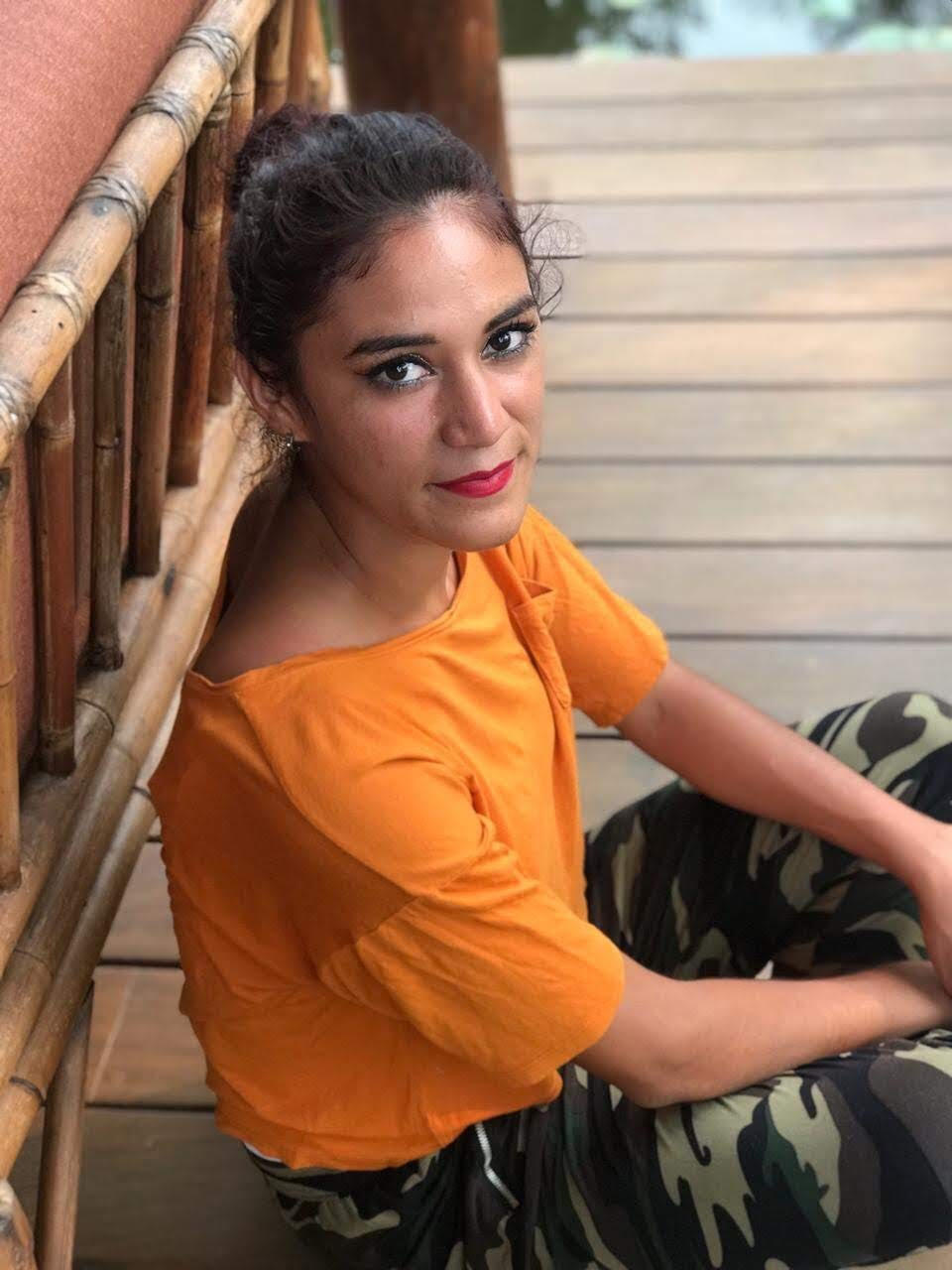
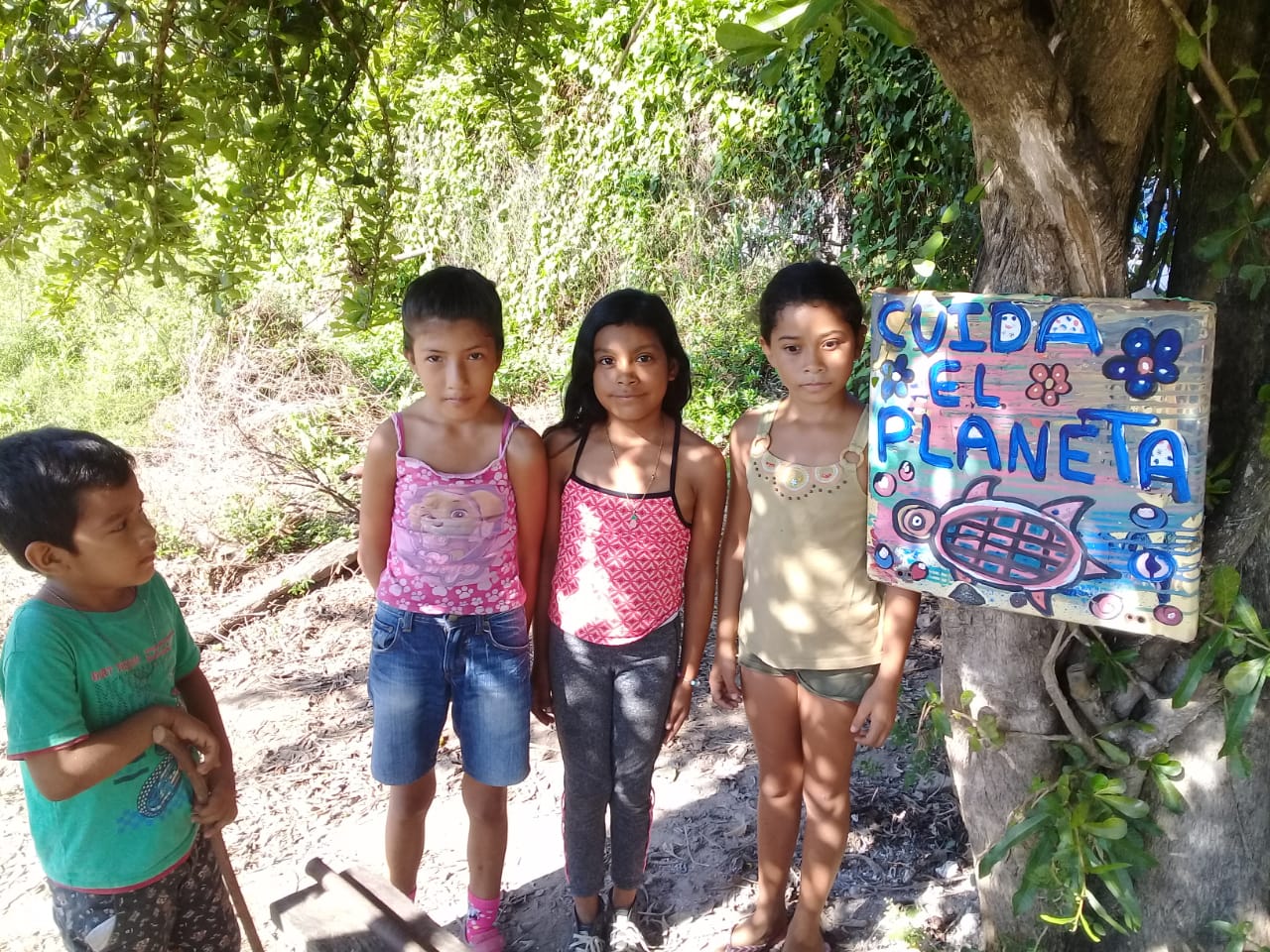
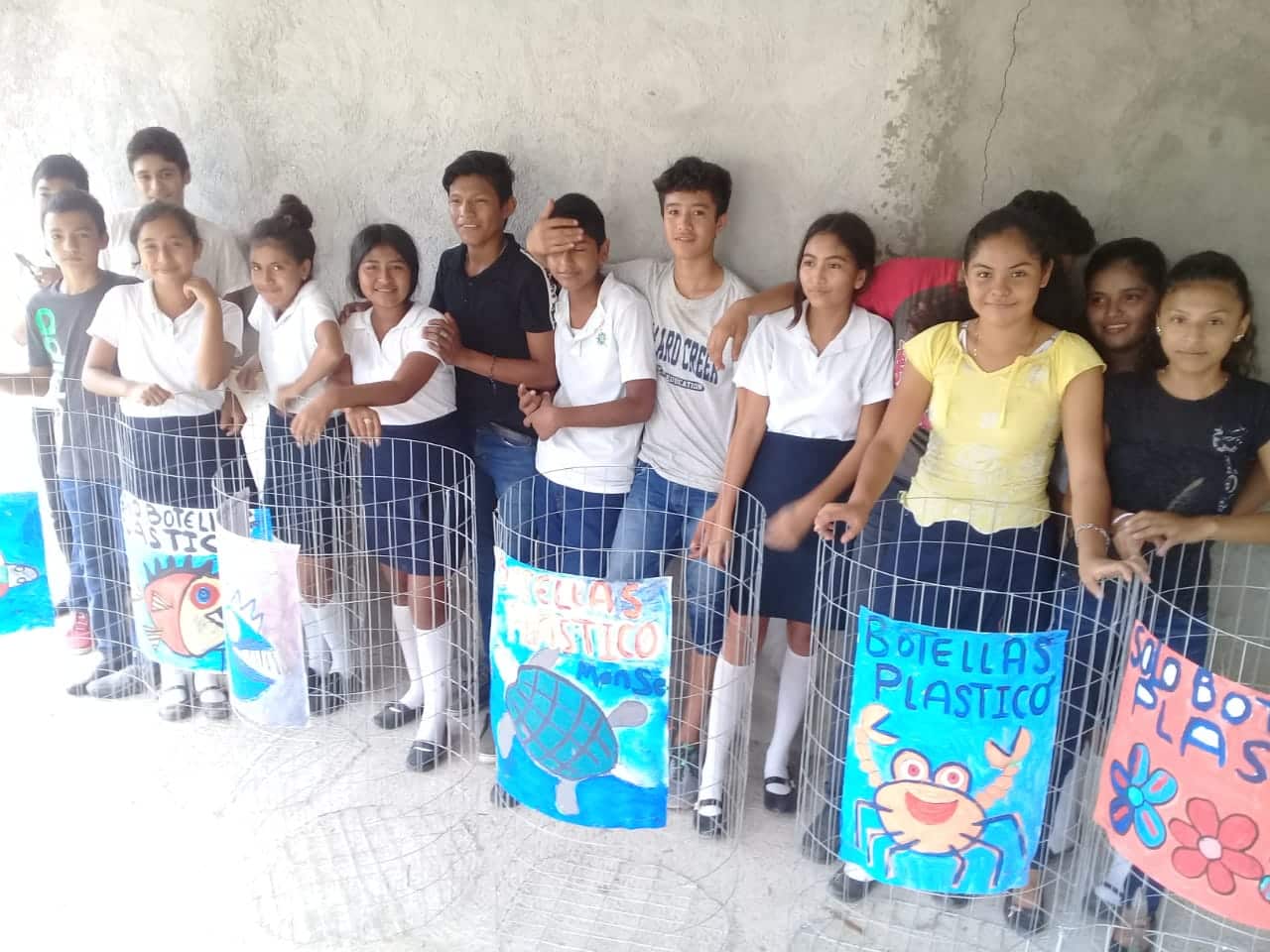
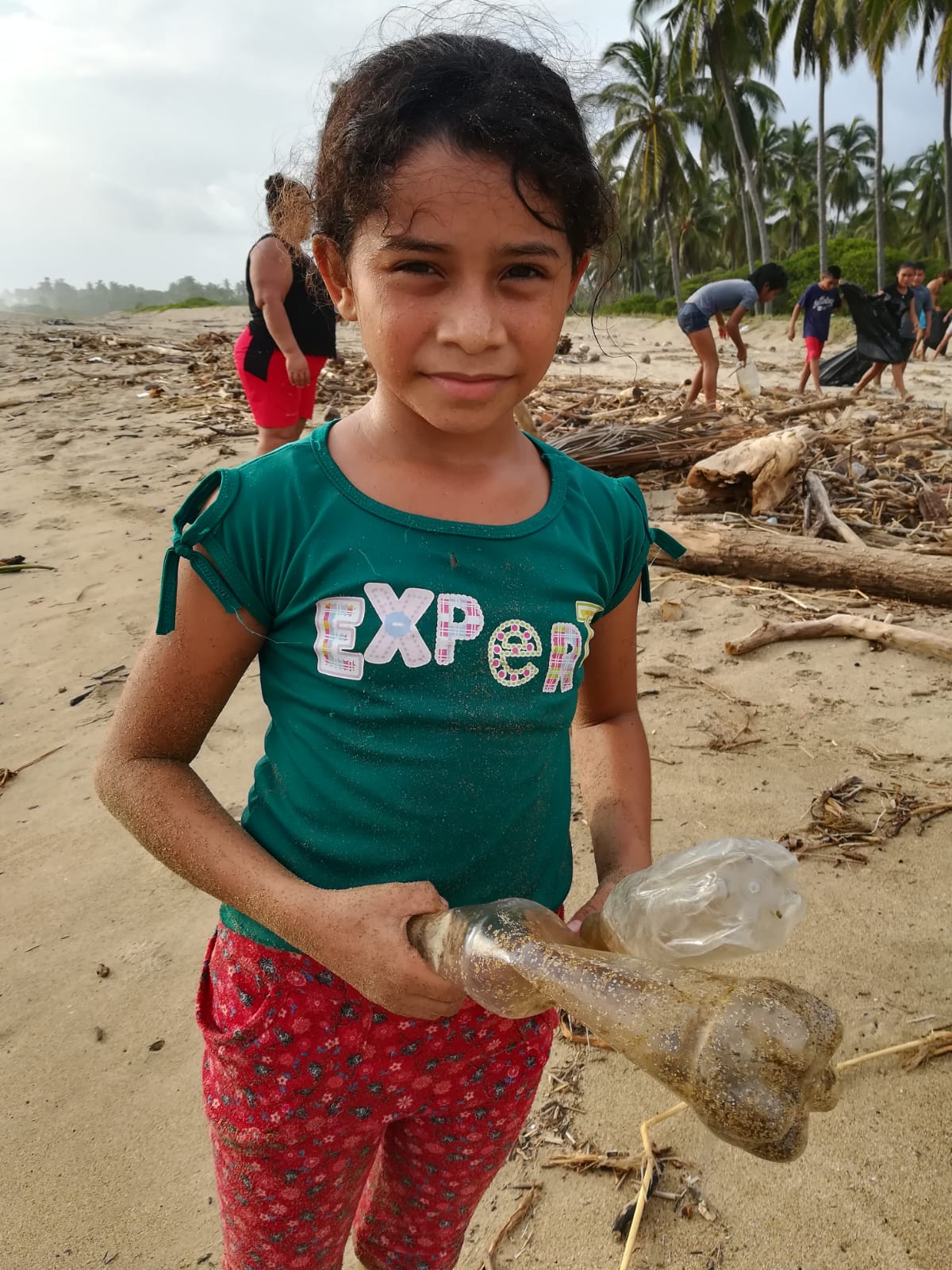
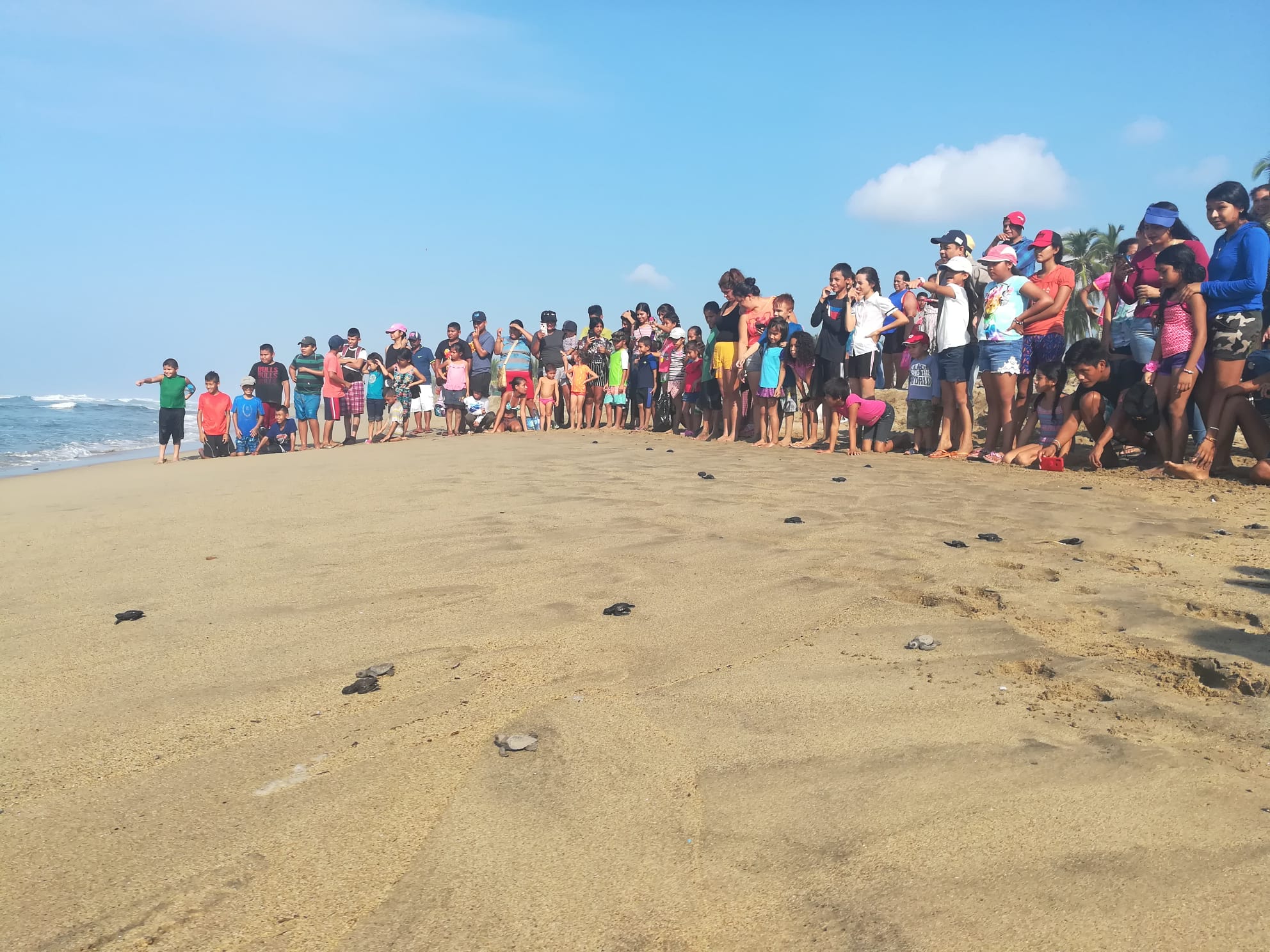
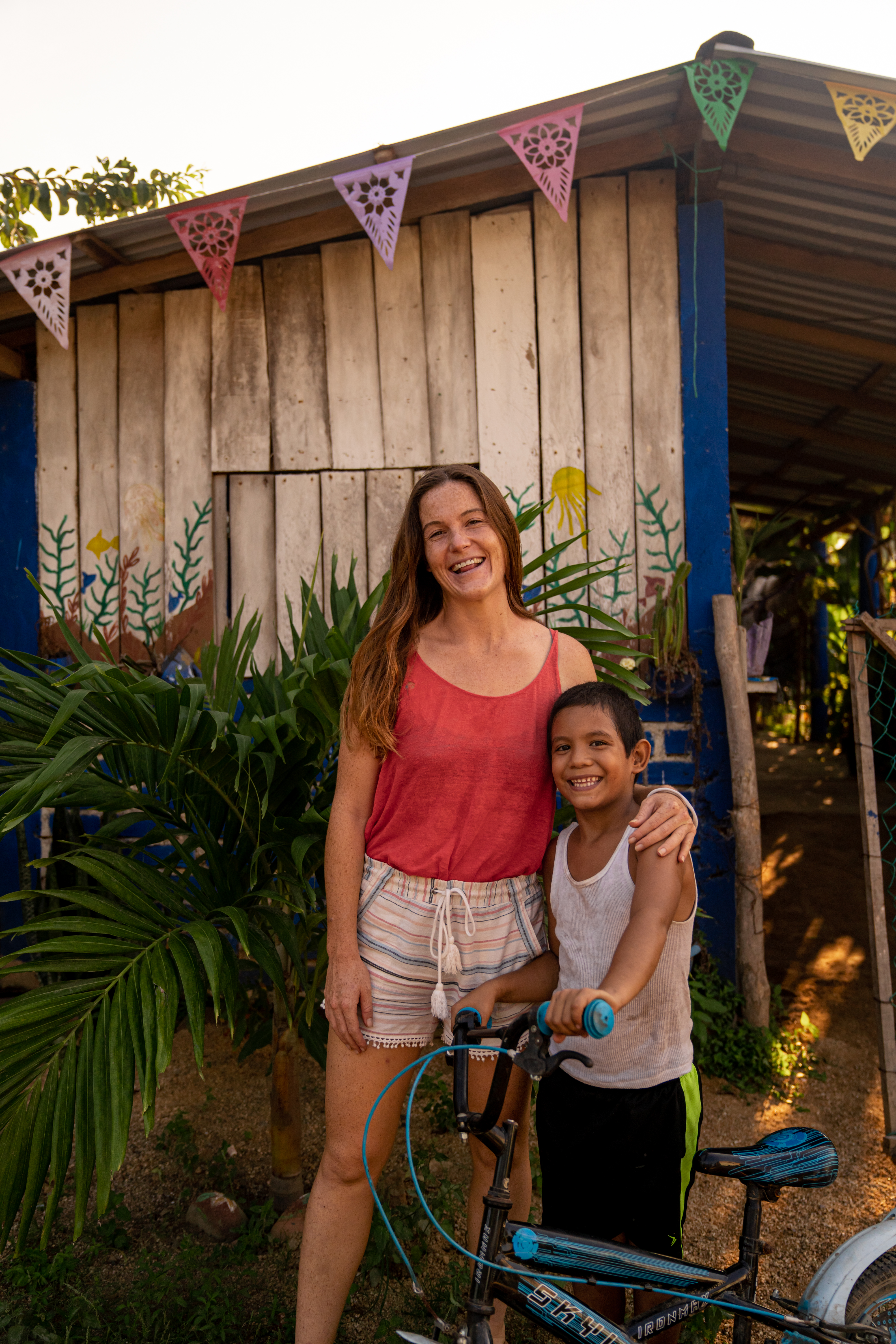 Colleen Fugate is the Social and Environmental Impact Manager at Playa Viva. She lives in Juluchuca. Learn more about her work engaging our local communities through
Colleen Fugate is the Social and Environmental Impact Manager at Playa Viva. She lives in Juluchuca. Learn more about her work engaging our local communities through 
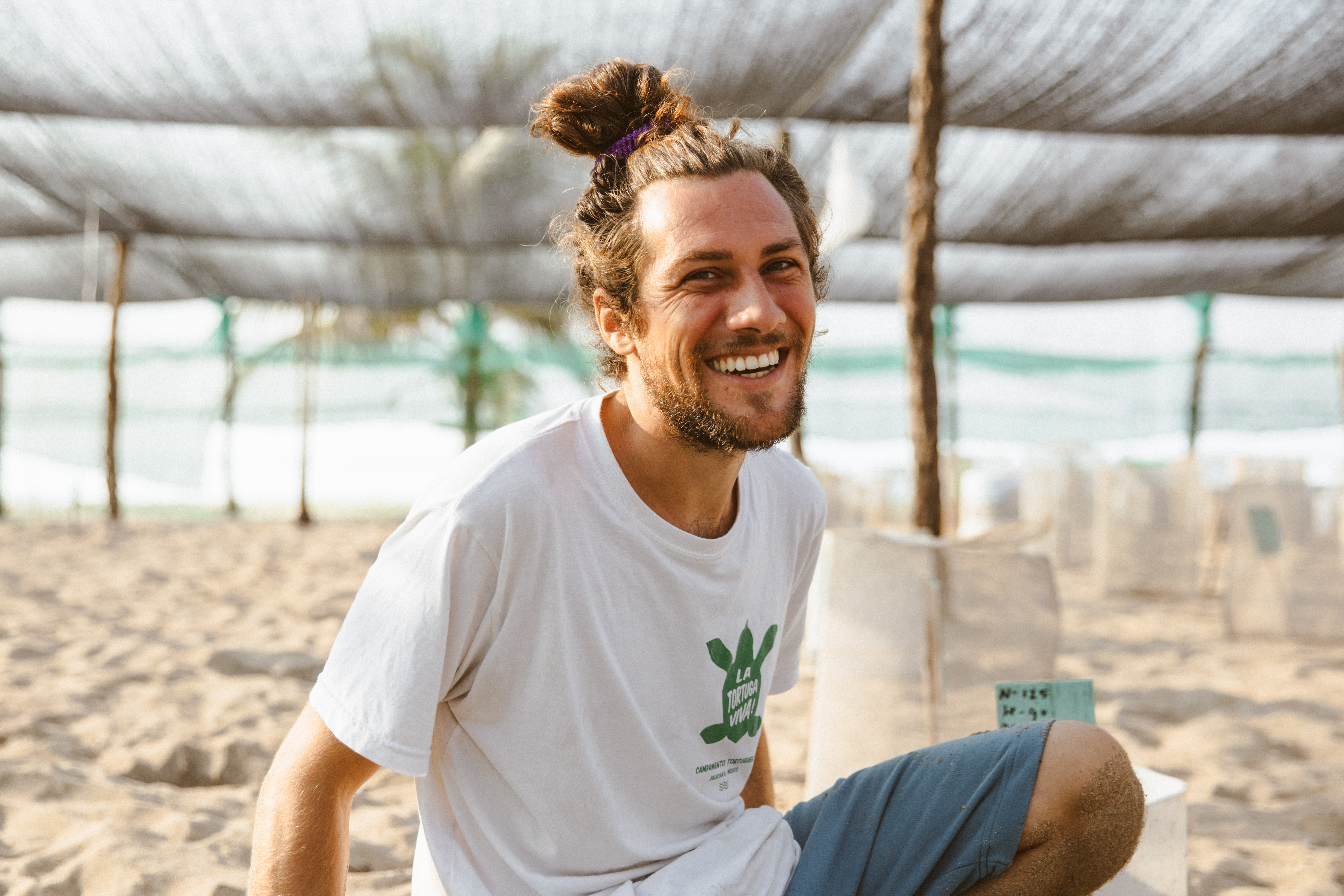
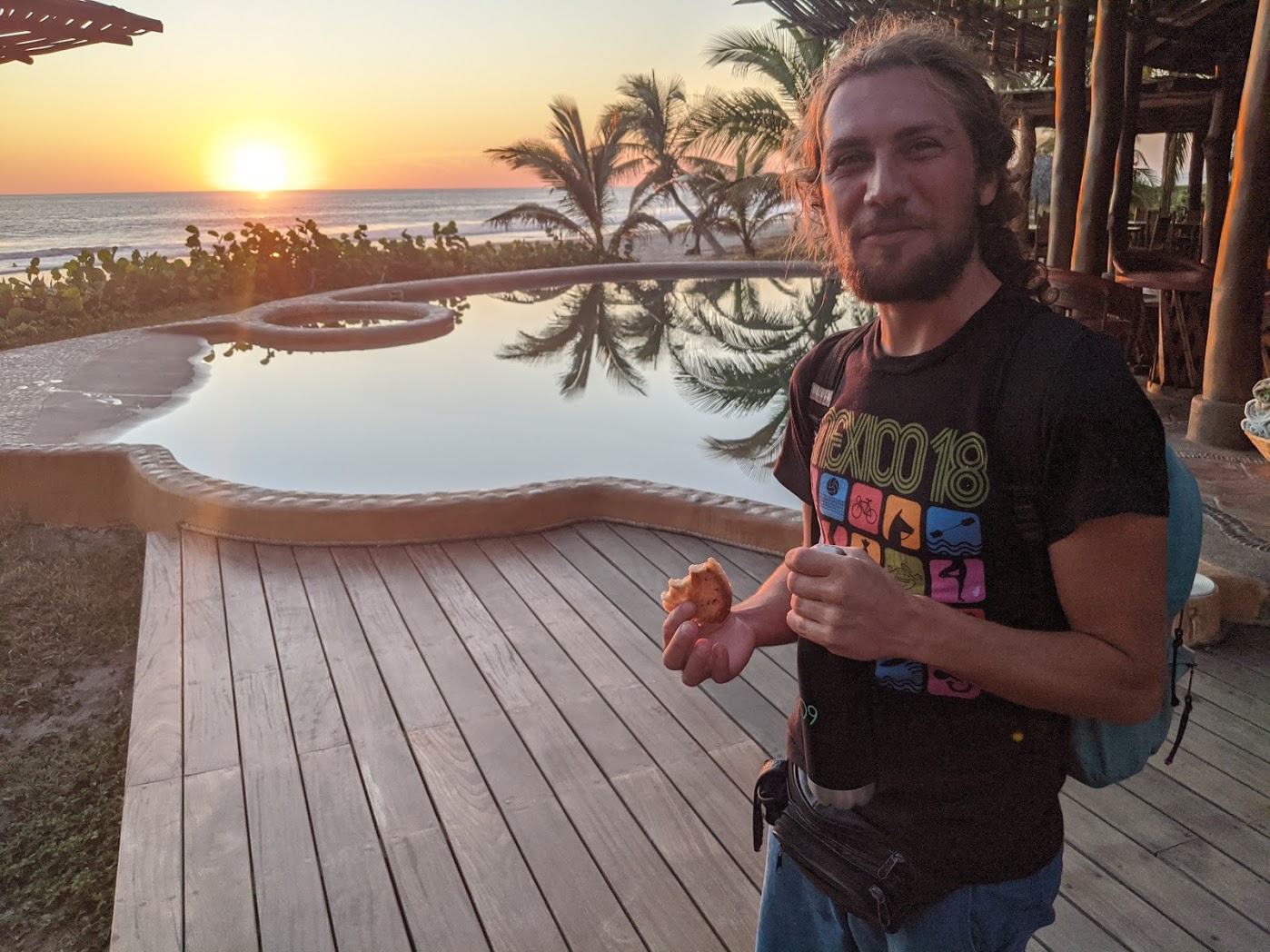
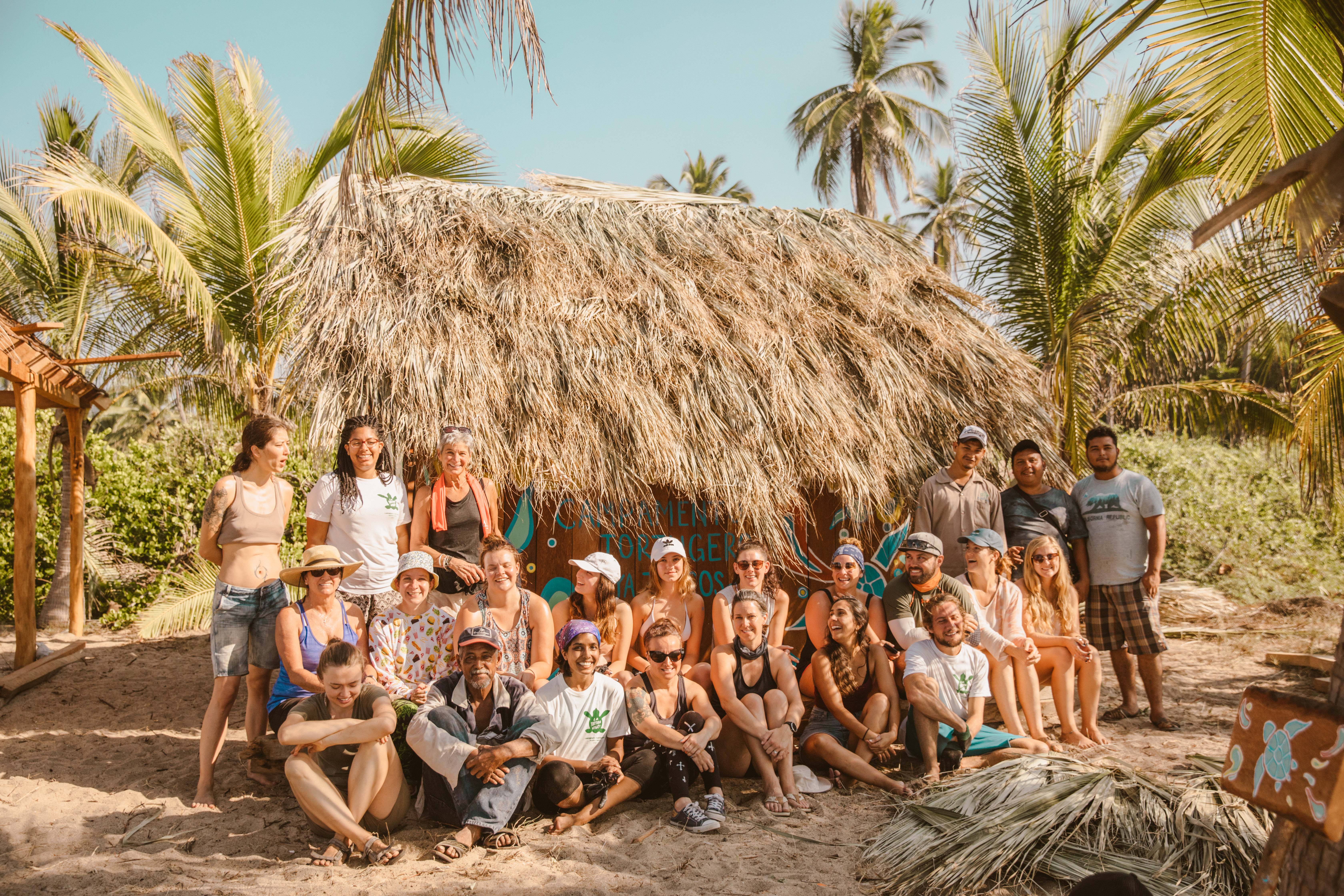
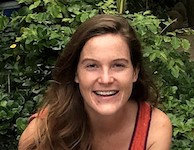 Colleen Fugate is the Social and Environmental Impact Manager at Playa Viva. She lives in Juluchuca. Learn more about her work engaging our local communities through
Colleen Fugate is the Social and Environmental Impact Manager at Playa Viva. She lives in Juluchuca. Learn more about her work engaging our local communities through